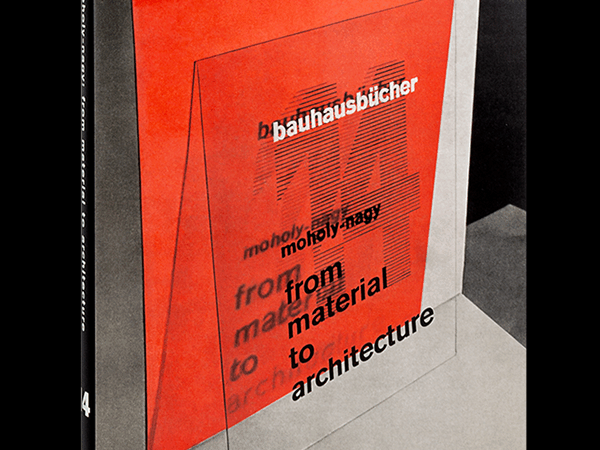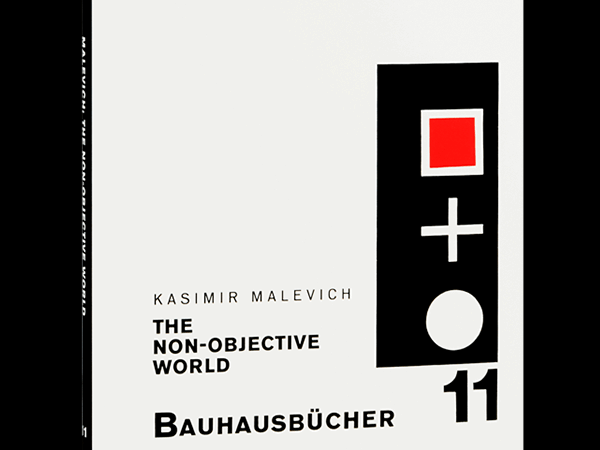Beauty and the East: New Chinese Architecture
gestalten
Hardcover, 320 pages, €49.90
ALTHOUGH BY NEARLY any measure the explosive growth of China’s cities in recent decades has been unprecedented in world history, the real growth has not yet even begun: by some estimates, nearly half of all construction worldwide in the next decade will happen in China. But while the sheer scale of the country’s population and infrastructure will necessarily remain part of the discussion, there are signs that the true story of China’s cities in the 21st century will lie in smaller details. Beauty and the East: New Chinese Architecture, out now in Germany from gestalten (with a worldwide release on March 30), focuses on the country’s comparatively smaller-scale architectural projects such as museums, cultural centers, monasteries, and private residences. On the whole, the projects selected for the book represent the nascent Chinese Modernism that has emerged over the past two decades, with features such as raw concrete, whitewashed walls, and floor-to-ceiling windows standing alongside much older structures and forms.
China’s current building boom can be traced back to 1977, when economic reforms loosened strictly Socialist controls on development in the country and opened the way for a new era of urbanization, international investments, and construction on a massive scale. The cityscapes that resulted from these reforms could be called a mixed bag at best: skylines of major cities became a mish-mash of architectural styles, with intentionally eye-catching showpieces by major international firms sitting amidst a chaotic blend of hastily-built prefabs. On the whole, China’s cities have taken a quantity-over-quality approach, and while skyscrapers and other major construction projects often superficially copy western styles, they rarely project enough style of their own to demonstrate much beyond a bland, ahistorical placelessness – “a thousand cities with the same face”, according to a critical government report released in 2017.

Atelier FCJZ, Photo Tian Fangfang, Beauty and the East, gestalten 2021
More pressingly, the post-1977 explosion has also seen countless poorer and rural communities emptied of their residents in the name of progress. Many such villages and neighborhoods – some of them hundreds or even thousands of years old – are razed completely to make way for newer structures. Sadly, too, China’s push to modernize has happened so quickly, and in such a compressed period, that its cities have mostly skipped Modernism entirely and ended up instead as superficial Postmodern melanges with no unifying vision. Traditional styles and structures, many of them occupied by older and poorer residents, are devoured in the process. The modern residences that replace them rent for double or triple the previous rate, and the age-old cycle of displacement and gentrification continues.
In 2014, Chinese President Xi Jinping made a now-famous proclamation against the “weird architecture” filling China’s skylines. His statement may have been intended to appeal to his more conservative and nationalist base, but it nonetheless opened the door to projects that were smaller and more community-based, not to mention independent of the intense time pressures often forced on large-scale housing and office constructions. Whatever its intent, Xi’s emphasis on reclaiming tradition goes hand-in-hand with an increased desire for sustainability among the younger generation; that it is also now officially sanctioned at the highest levels paves the way for massive funding and support of such projects.

OPEN Architecture, Photo Wu Qingshan, Beauty and the East, gestalten 2021
The new type of architecture that has sprung from this dual grassroots / top-down push involves merging traditional aesthetics with a broader international-Modernist style. The resulting structures are often strikingly beautiful, and serve as the beginning of a true “New Chinese Modernist” style. This movement has gained increasing international recognition over the past two decades, reaching a new peak in 2012 when the Pritzker Prize was awarded to Wang Shu (who also provides the book’s foreword). It was the first time architecture’s most coveted prize had been awarded to a Chinese citizen, and marked a new era in the country’s architectural continuum.
For architecture firms in present-day China, the Asian influences that informed earlier Western Modernists (such as Mies Van Der Rohe and Frank Lloyd Wright, among others) are present not just culturally, but in many cases physically as well. Many of the projects featured in the book use existing structures as their literal foundations. These include everything from rural boutique hotels in small villages – which add modern glass, wood, and metal to much older timber-and-mud structures – to Shanghai’s Long Museum West Bund, which repurposes the Brutalist concrete shell of a former dockside warehouse into a sleek, minimalist exhibition space. Even new constructions benefit from ancient forms, such as the traditional sloped overhanging roofs which, even when translated into raw concrete, excel at providing shade, insulation, and drainage. And bamboo, China’s ancient staple of construction, appears in both its building material and living forms, the latter providing bursts of vivid green in courtyards and compact gravel-coated garden plots.

Atelier tao+c, Photo Su Shengliang, Beauty and the East, gestalten 2021
The surge in smaller and more bespoke projects has shown that even the most modern of structures can benefit from the integration of traditional materials and methods. The focus of Chinese Modernism has expanded to include traditional construction methods as well, with buildings designed to play up homegrown elements rather than hinder them, such as prefab concrete walls that retain the strikingly beautiful lines of the bamboo frames with which they were poured. Many other buildings, particularly those in more rural settings, use a millennia-old “rammed earth” process for the creation of their walls. This method is not only practical and sustainable (particularly as it serves as a highly effective natural insulator), but varies in color based on the composition of the local soil, imbuing the structures with a stunning pastel color palette that includes yellows, browns, and reds, and allowing them to blend seamlessly into the landscape from which they were made.
Not every project featured in the book takes a subtle approach: the interior designs of Shanghai studio X+Living, for example, are vividly-colored landscapes of whimsical shapes, while CROX International’s Liyang Museum is a massive UFO-like structure with the entirety of its vast, curved outer surface covered in gleaming brass. Though both these studios, as well as various others throughout the book, could be construed as more Postmodern than Modern in their approach, they nonetheless fit well amongst the more minimalist projects on display while further expanding the possibilities of color and form for projects yet to come.

Ningbo Museam. Amateur Architecture Studio, Photo Iwan Baan, Beauty and the East, gestalten 2021
If there is a single structure that conveys the full potential of Chinese Modernism, it’s Ningbo Museum, the monumental stone-and-concrete building that brought Wang Shu’s Amateur Architecture Studio to international prominence. Its design alone might have been enough to earn it substantial accolades, but the building’s materials make it iconic: a huge portion of the construction is made from countless pieces of reclaimed stone, brick, and tile from the razed remains of dozens of nearby villages. The combination of varying materials gives the building unpredictable and organic-looking veins of color and texture while blending seamlessly with the rough poured-concrete blocks that supplement it, and serves as a triumphant embodiment of the past-as-present doctrine of Chinese Modernism. Both celebratory and elegiac, it’s a striking example of the potential architecture holds to examine the country’s millennia-long history while still telling new stories.




